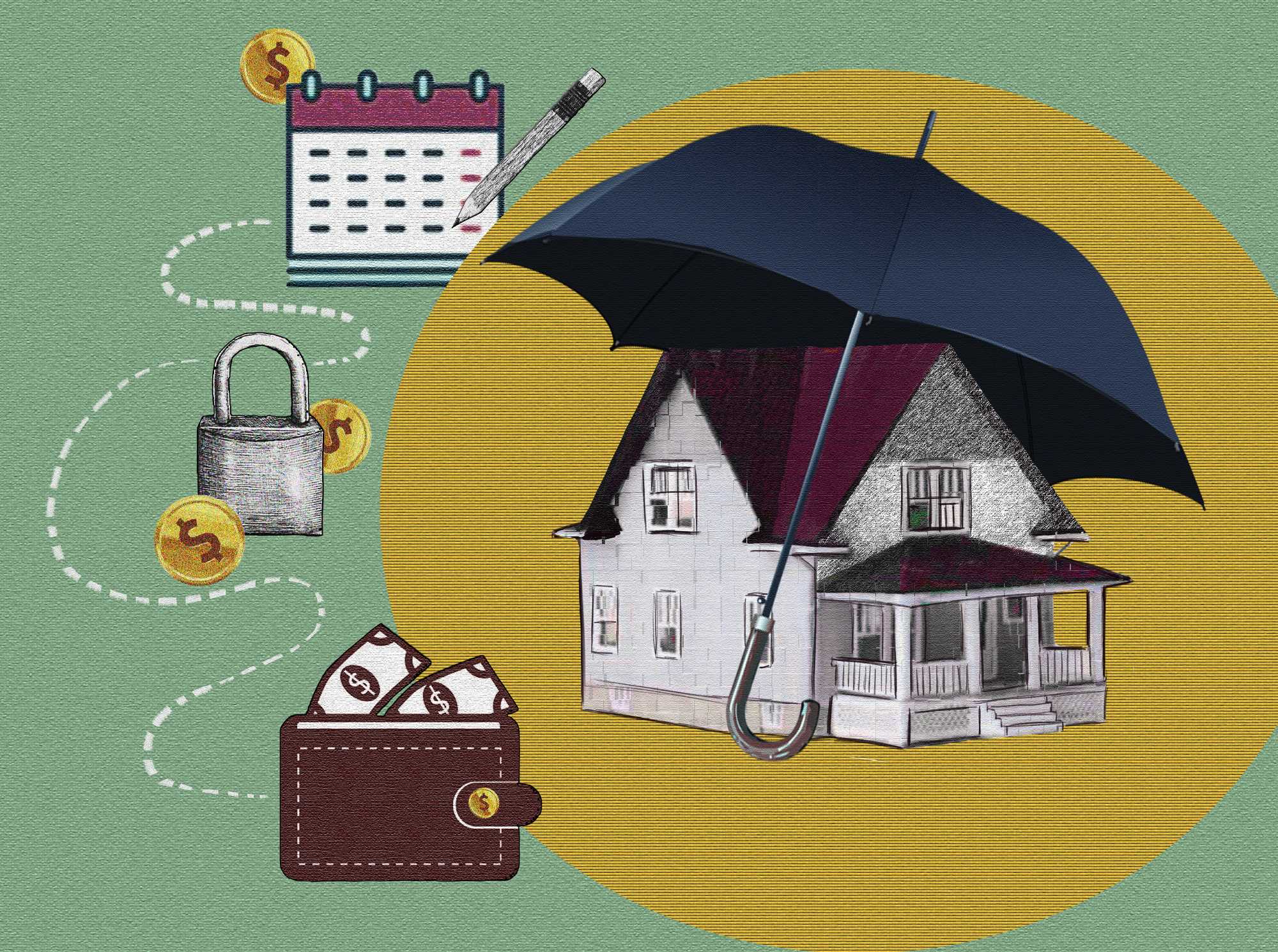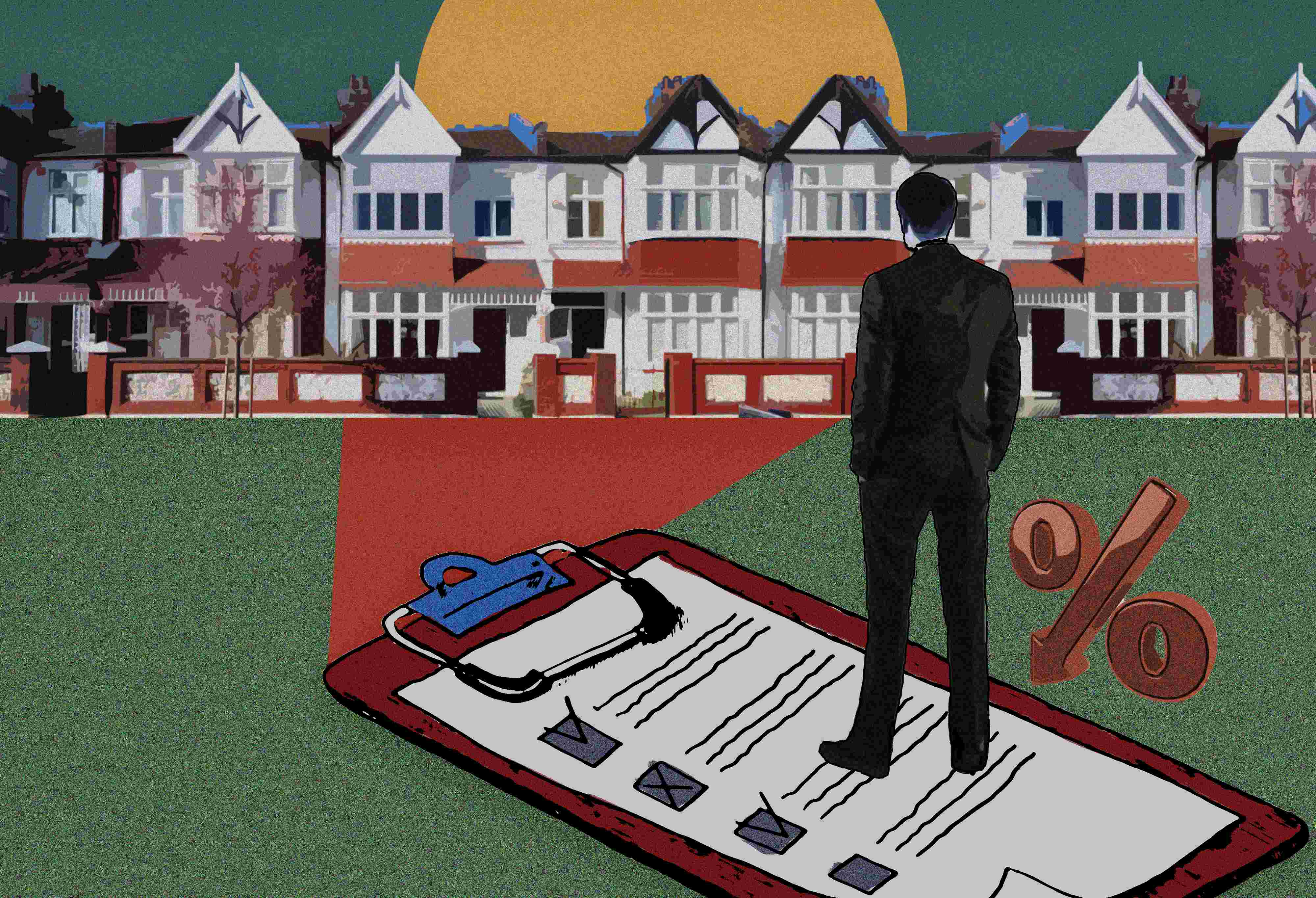The median credit score for mortgage approvals is around 759. Your credit score is one crucial aspect of the mortgage process, but lenders also look at other factors.
If you already have a mortgage, you might be considering refinancing it. Homeowners do this for many reasons, but it’s not an overnight process.
Instead, the mortgage refinance process requires steps and takes time. Are you interested in learning more about it?
If so, check out this guide that explains the mortgage refinance process. Learning the process can help you prepare for it.
Learn What Refinancing Means
It might be helpful to begin by learning some refinancing basics to understand how the mortgage refinance process works. For example, what is a mortgage refinance? How does refinancing work?
A mortgage loan is a long-term loan that people use to purchase homes. Most borrowers use 30-year loans, as it takes this long to repay large amounts of money.
The borrower makes payments each month toward the loan principal. Over time, this causes the principal balance to decrease. The lender separates each loan payment into two categories:
- Principal
- Interest
At first, you pay a lot of interest, but the interest amount shrinks each month. As you decrease the principal balance, you pay less interest.
You acquire a new loan that pays off your current mortgage loan when you refinance. Once you close the refinance, you have a brand-new loan that works the same as your original loan.
In other words, the new loan replaces the old one. You’ll see this on your credit report, as your credit report reflects all your open accounts. So it will show that you closed the old loan and opened a new one.
Your new loan has different terms than your old one, which means you’ll have a different interest rate, payment amount, and the number of payments.
Determine Why You Want to Refinance
The next step of mortgage refinancing is determining your reason. Refinancing a loan costs money. Therefore, you should have a good reason for doing it.
Here are some excellent reasons to consider going through with a mortgage refinance:
Reduce Monthly Payments
If money is tight in your household, you might look for ways to decrease your expenses. You can achieve lower monthly payments through refinancing in several ways.
First, your payments will naturally drop if you lower your interest rate. Secondly, if you extend your loan duration, you’ll have longer to repay the money. Thus, it reduces your monthly payment obligations.
You can ask a lender for quotes to determine how much your payments would be through refinancing. The lender might give you several options, allowing you to choose the right one for your needs.
Lower Your Interest Rate
Many people also take advantage of lower interest rates by refinancing. Your interest rate affects the interest you pay each year. Therefore, lowering your rate helps you spend less money on interest charges.
As mentioned, lowering your interest rate also reduces your monthly payments. Therefore, you can save a significant amount of money by acquiring a lower rate.
Eliminate Mortgage Insurance
Do you currently pay private mortgage insurance (PMI) each month? When borrowers pay PMI, it can be challenging to reach the point where they no longer need it.
Refinancing offers a way to eliminate it, though. You’ll likely need to stay under the 80% loan-to-value (LTV) mark to achieve this goal. You can ask a lender about this if you have questions.
Access Equity in Your Home
You can also refinance your loan to access the equity you have in your home. Refinancing for a higher amount than you owe provides you with the difference in cash.
An alternative option is to take a second mortgage. Before you choose this option, you may want to talk to a lender to learn the differences and the pros and cons of both choices.
Shorten Your Loan
Finally, people use refinancing to shorten their loans. For example, suppose you have 23 years left on your current loan but want to repay it faster. You could pay extra each month to achieve this goal or refinance.
If you refinance, you could choose a 15 or 20-year loan, cutting anywhere from three to eight years off your loan.
Choose a Lender
Now that you understand what refinancing is and how it works, you can move on to the first step. Choosing a lender is where it all begins.
You must find a lender that offers refinancing loans, and they’ll tell you what to do next. You might wonder how to choose a lender, and that’s a great question.
You can choose one by doing several things. First, you can look up your options online. Secondly, you can compare the rates they offer.
Finally, you might want to talk to a couple of lenders to determine which offers the simplest process for acquiring a new loan.
Apply for the Loan
When you pick the lender you want to use, they’ll give you an application. You must fill out the application and return it to the lender with any required documents.
The application may ask many questions. It starts with your personal information, such as your name, address, and social security number. You must add the co-borrowers information, too, if applying with someone else.
Next, you must complete a financial statement. A financial statement asks you to list all your assets with their values. Next, you list all your debts. Finally, when you subtract these two amounts, it tells your net worth.
The application might also include some consent forms. For example, you might have to consent to a credit check and income verification check.
Lenders might require several documents with a loan application, including the following:
- Recent pay stubs
- Bank statements
- Tax returns
- Documentation for other forms of income
The lender will give you a list of the things they need.
Wait for the Lender to Evaluate Your Application
When the lender receives everything from you, they’ll begin reviewing the information. This step in the process takes some time, as lenders must thoroughly evaluate many details.
Here are some of the things they’ll review:
Creditworthiness
Lenders determine loan approvals on several factors, but a person’s creditworthiness is one of the most crucial.
If you’re interested in learning the lender’s requirements, ask them. They’ll tell you what score they’re looking for, so you can know if you meet the requirements when applying.
Debt-to-Income Ratio
Lenders also perform calculations, including the debt-to-income (DTI) ratio. Lenders compare a borrower’s debts to their income to see if they can afford the loan payments.
A lender can also tell you the standards they look for with DTIs to help you determine if you’ll qualify.
Loan-to-Value
Finally, they’ll consider the loan-to-value (LTV) ratio. This ratio tells the percentage you’re borrowing compared to the home’s value.
If you meet the requirements, you can proceed to the next step.
Get Your Home Appraised
Refinancing your home requires an appraisal. The appraisal is conducted by a third party, and it reveals your home’s value. Lenders must know how much a home is worth before offering a loan.
Allow the Lender to Complete the Work
When they’ve completed the appraisal, the lender will have everything they need to proceed with processing your loan. This part of the process also takes time, as the lender must review every detail.
Once the lender completes this step, they’ll send the loan information to their underwriting department. You can’t get the new home mortgage loan until the underwriting department approves it.
The underwriters look at every detail of the loan, just like lenders do. But, they look even deeper at the details. They also verify a person’s credit and income again.
Once they complete these steps and approve the loan, you can complete the last step.
Close the Loan
The final step is closing the loan. This step involves signing all the loan documents, and it’s when you officially pay off your old loan and acquire the new one.
It might take four weeks or more to reach the closing date, as the mortgage loan process is extensive.
The Mortgage Refinance Process Helps You Get a Better Loan
The mortgage refinance process requires numerous steps but can help you acquire a better loan.
Refinancing is a great option when you can save money on interest costs or need cash out of your home equity. Additionally, it’s an excellent option for other reasons.
Are you ready to begin the mortgage refinance process? If so, contact us at Influential Times. We can help you start the process and answer any questions you have.


